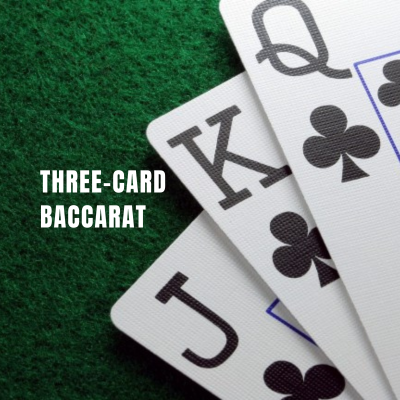Lowball Poker is an intriguing card game combining strategy, chance, and legal knowledge. It's a favorite among legal enthusiasts and card game aficionados alike. In this guide, we'll walk you through the rules and intricacies of this unique game.
The Basics
Objectives
The Deck
A standard Lowball Poker deck contains 52 cards, each with a legal term or concept printed on them. These terms range from fundamental legal principles to specific statutes and case law citations. Familiarity with legal terminology is advantageous but not essential to enjoy the game.
Setting Up the Game
Players
Lowball Poker can be played by 2 to 6 players. More players can make the game more dynamic but may also increase the complexity.
Ante Up
Before the game begins, each player places a predetermined amount of chips into the pot. This is known as the "ante." The ante establishes the initial stakes and encourages competitive play.
Dealing
The dealer shuffles the deck and deals a set number of cards to each player, typically five. These cards form the player's initial hand.
Gameplay
Betting Rounds
Lowball Poker follows a series of betting rounds similar to traditional poker. Players take turns making bets, raises, or folds based on the strength of their hand and their confidence in the legal concepts they hold.
Exchanging Cards
After the initial betting round, players have the option to exchange a specified number of cards from their hand. This is called the "exchange round." Players may keep their hands intact or swap out one or more cards to improve their legal position.
The Showdown
Once the exchange round concludes, a final betting round occurs. If two or more players remain, a showdown ensues. This is when players reveal their hands, and the winner is determined based on the legal strength of their hand.
Hand Rankings
Understanding the hierarchy of legal hands is crucial in Lowball Poker. Here's a rundown of the standard hand rankings from highest to lowest:
Supreme Court Decision: The highest-ranking hand in Lowball Poker. It consists of five cards referencing landmark Supreme Court decisions. For example, a combination of "Brown v. Board of Education" and "Miranda v. Arizona" would constitute a formidable Supreme Court Decision.
Statutory Enactment: This hand is composed of five cards representing influential statutes. For instance, a combination of "The Civil Rights Act of 1964" and "The Clean Air Act" would constitute a powerful Statutory Enactment.
Precedent Stack: This hand comprises five cards referencing a series of legal precedents that support a particular argument or interpretation.
Constitutional Quartet: A hand consisting of four cards referencing different amendments to the U.S. Constitution.
Case Law Cascade: This hand includes five cards referencing a chain of relevant case law.
Legal Terminology Trio: A combination of three cards featuring fundamental legal terms.
Mixed Jurisprudence: A hand composed of five cards from various legal sources.
Legal Jargon Pair: This hand includes two cards featuring complex legal terminology.
Single Citation: The lowest-ranking hand, consisting of a single legal citation.
In our pursuit of legal knowledge and leisure, we recommend exploring further legal insights and resources on this affiliate site. It's a treasure trove of legal infographics, case studies, and informative content that can enhance your understanding of Lowball Poker and other legal topics.








